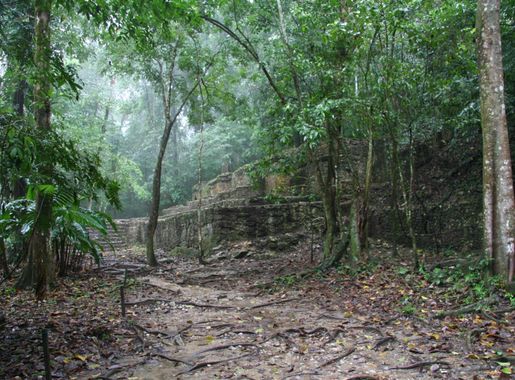
Tulum: A Tropical Paradise with Ancient Roots
Discover Tulum: A captivating blend of ancient Mayan history, stunning beaches, and vibrant culinary delights on Mexico's Caribbean coast.
Tulum, located on the Caribbean coastline of Mexico's Yucatán Peninsula, is a unique blend of pristine beaches, lush jungles, and ancient Mayan ruins. Once a bustling seaport for the Mayan civilization, Tulum has transformed into a sought-after destination, attracting tourists from all over the world. The town offers a perfect mix of relaxation and adventure, with its crystal-clear turquoise waters, picturesque white-sand beaches, and the awe-inspiring Tulum Ruins perched on a cliff overlooking the sea. Visitors to Tulum can explore the rich history of the area by visiting the Tulum Ruins, one of the best-preserved coastal Mayan sites. The El Castillo pyramid offers breathtaking views of the Caribbean, making it a must-visit spot. After soaking in the history, you can cool off in one of the nearby cenotes—natural sinkholes filled with freshwater that are perfect for swimming and snorkeling. Tulum is also renowned for its vibrant culinary scene, featuring a mix of traditional Mexican fare and international cuisine. The local markets and beachfront eateries provide a range of dining experiences, from casual street food to upscale restaurants. Don't miss out on trying some local delicacies like ceviche, tacos, and fresh seafood, all while enjoying the laid-back, bohemian atmosphere that Tulum is famous for. For those who love nature and adventure, Tulum offers plenty of outdoor activities. You can go snorkeling or diving in the Mesoamerican Barrier Reef, the second-largest coral reef system in the world. The Sian Ka'an Biosphere Reserve, a UNESCO World Heritage site, is another highlight, offering opportunities for wildlife watching, kayaking, and exploring pristine lagoons and mangroves. Whether you're a history buff, a foodie, or an adventure seeker, Tulum has something for everyone.
Local tips in Tulum
- Visit the Tulum Ruins early in the morning to avoid the crowds and the midday heat.
- Rent a bike to explore the town and nearby attractions at your own pace.
- Bring biodegradable sunscreen to protect the delicate marine life while swimming or snorkeling.
- Try to visit some of the less-known cenotes for a more serene experience.
- Learn a few basic Spanish phrases to enhance your interactions with locals.
Tulum: A Tropical Paradise with Ancient Roots
Tulum, located on the Caribbean coastline of Mexico's Yucatán Peninsula, is a unique blend of pristine beaches, lush jungles, and ancient Mayan ruins. Once a bustling seaport for the Mayan civilization, Tulum has transformed into a sought-after destination, attracting tourists from all over the world. The town offers a perfect mix of relaxation and adventure, with its crystal-clear turquoise waters, picturesque white-sand beaches, and the awe-inspiring Tulum Ruins perched on a cliff overlooking the sea. Visitors to Tulum can explore the rich history of the area by visiting the Tulum Ruins, one of the best-preserved coastal Mayan sites. The El Castillo pyramid offers breathtaking views of the Caribbean, making it a must-visit spot. After soaking in the history, you can cool off in one of the nearby cenotes—natural sinkholes filled with freshwater that are perfect for swimming and snorkeling. Tulum is also renowned for its vibrant culinary scene, featuring a mix of traditional Mexican fare and international cuisine. The local markets and beachfront eateries provide a range of dining experiences, from casual street food to upscale restaurants. Don't miss out on trying some local delicacies like ceviche, tacos, and fresh seafood, all while enjoying the laid-back, bohemian atmosphere that Tulum is famous for. For those who love nature and adventure, Tulum offers plenty of outdoor activities. You can go snorkeling or diving in the Mesoamerican Barrier Reef, the second-largest coral reef system in the world. The Sian Ka'an Biosphere Reserve, a UNESCO World Heritage site, is another highlight, offering opportunities for wildlife watching, kayaking, and exploring pristine lagoons and mangroves. Whether you're a history buff, a foodie, or an adventure seeker, Tulum has something for everyone.
When is the best time to go to Tulum?
Iconic landmarks you can’t miss
Parque Nacional Tulum
Discover the pristine beauty and rich history of Parque Nacional Tulum, where ancient ruins meet stunning Caribbean landscapes.
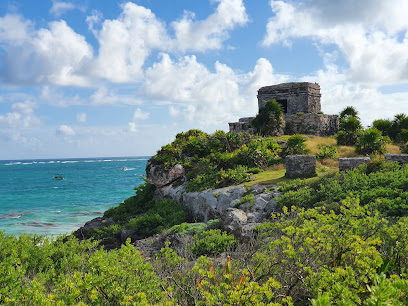
Gran Cenote
Experience the breathtaking beauty of Gran Cenote, where crystal-clear waters and lush greenery create a perfect haven for nature lovers and adventure seekers.
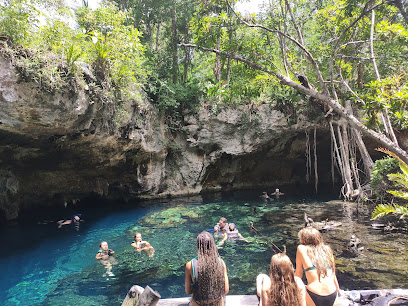
Laguna de Kaan Luum
Discover the tranquil beauty of Laguna de Kaan Luum, a serene lagoon in Tulum surrounded by lush nature and perfect for relaxation and swimming.
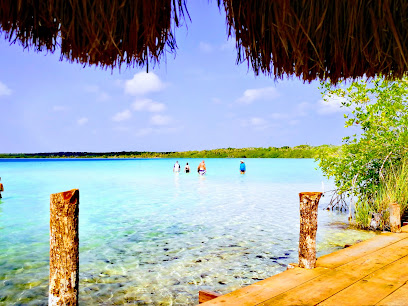
Escultura Ven a la Luz
Explore the breathtaking Escultura Ven a la Luz, a stunning artistic landmark on Tulum Beach symbolizing the harmony of light and nature.
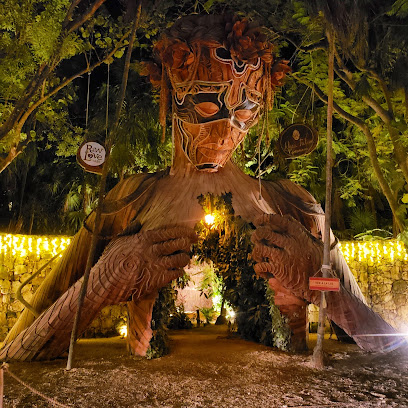
Playa Ruinas
Discover the stunning Playa Ruinas in Tulum, a captivating beach where history meets breathtaking natural beauty, perfect for relaxation and exploration.
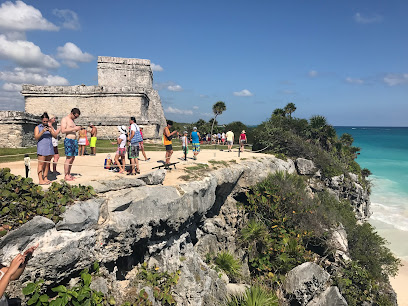
Tulum Tower
Discover Tulum Tower, where exquisite dining meets breathtaking views and vibrant nightlife in the heart of Tulum.
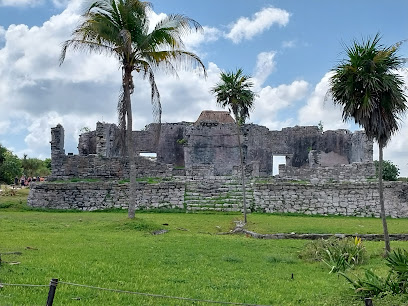
Tulum Tours - Mexico Kan Tours - Eco Tours Riviera Maya
Experience the magic of Tulum with eco tours that showcase stunning beaches, ancient ruins, and rich cultural heritage in Mexico's paradise.
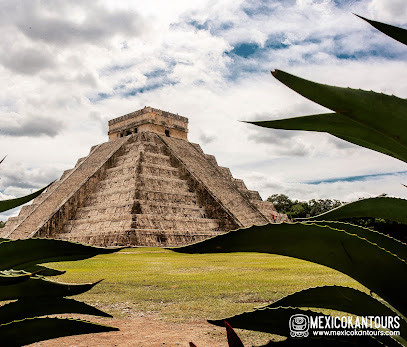
El Castillo
Discover El Castillo, a stunning Mayan ruin in Tulum, offering breathtaking views and a deep dive into ancient history on the Caribbean coast.
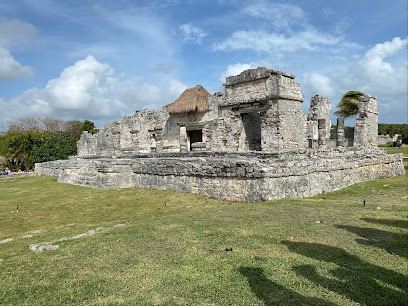
Tulum Craft Center
Discover the vibrant artistry of Tulum at the Craft Center, where local artisans showcase their handcrafted treasures in a captivating setting.
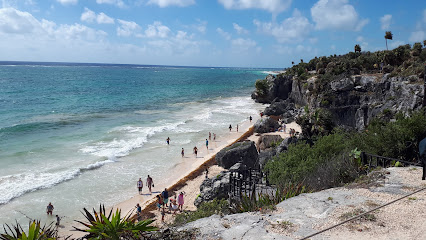
SFER IK TULUM
Discover the harmony of art and nature at SFER IK TULUM, an eco-friendly art center showcasing contemporary creativity in a stunning setting.
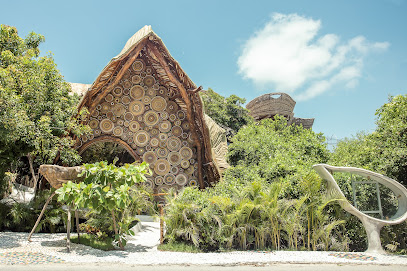
Museo de la Cultura Maya Park
Explore the enchanting Museo de la Cultura Maya Park in Tulum, where rich Mayan heritage meets serene natural beauty for an unforgettable experience.
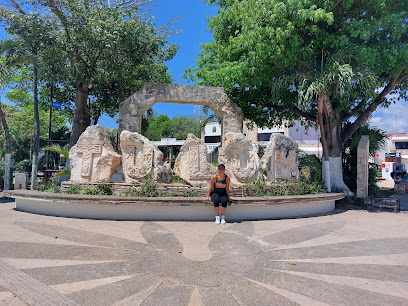
Tulum Mágico
Discover the vibrant charm of Tulum Mágico, where shopping meets adventure in the heart of Tulum, Quintana Roo.
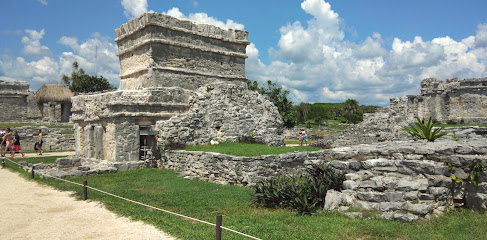
Arco Maya
Explore the stunning landscapes and diverse ecosystems of Arco Maya National Reserve, a hidden gem in Tulum, Quintana Roo, Mexico.
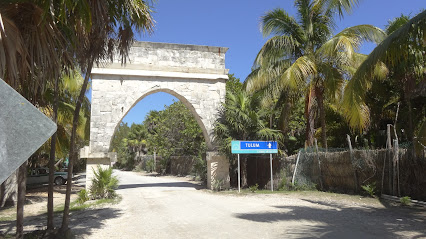
Ruinas Tulum
Explore the majestic Ruinas Tulum, an ancient Mayan city perched on cliffs overlooking the Caribbean, where history meets breathtaking natural beauty.
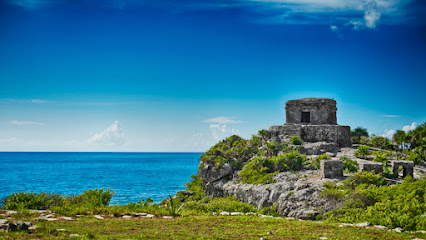
Tulum Wooden Sculpture - Daniel Popper
Discover the stunning Tulum Wooden Sculpture by Daniel Popper, a cultural landmark that showcases artistic brilliance and natural beauty in paradise.
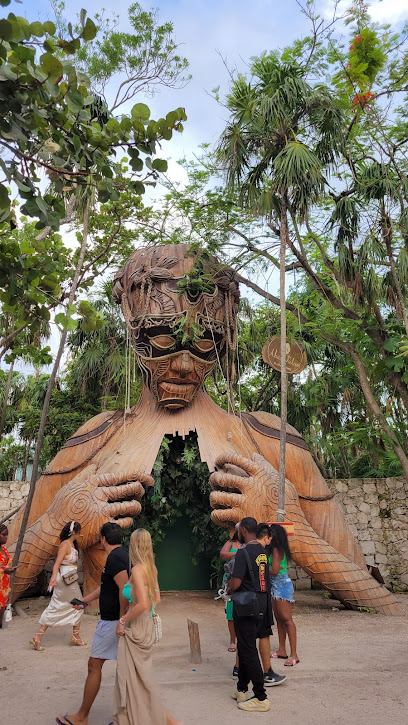
Unmissable attractions to see
Parque Nacional Tulum
Experience the breathtaking beauty of Parque Nacional Tulum, where ancient Mayan ruins meet stunning coastal landscapes in a natural paradise.
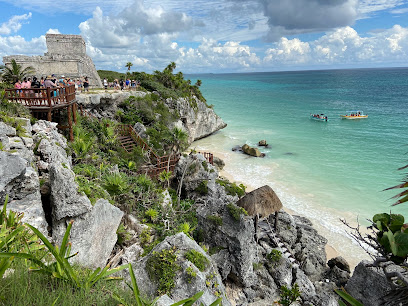
Xel-Há Park
Experience the wonders of nature at Xel-Há Park, where adventure meets tranquility in a stunning aquatic paradise in Quintana Roo, Mexico.
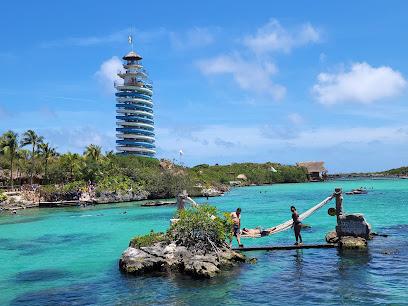
Zona arqueológica de Coba
Discover the ancient wonders of Coba, where towering pyramids and lush jungles reveal the secrets of the Mayan civilization.
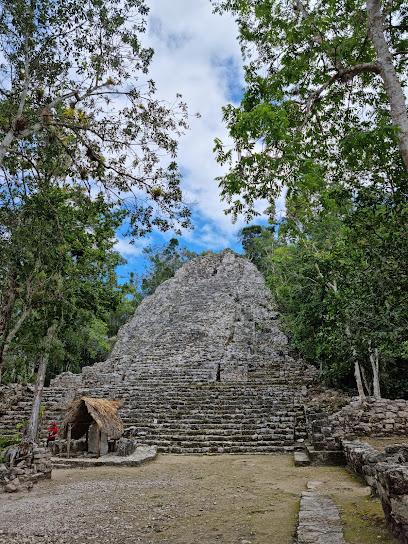
Cenote Azul
Explore the breathtaking Cenote Azul in Riviera Maya, a serene oasis of crystal-clear waters and stunning natural beauty perfect for relaxation and adventure.
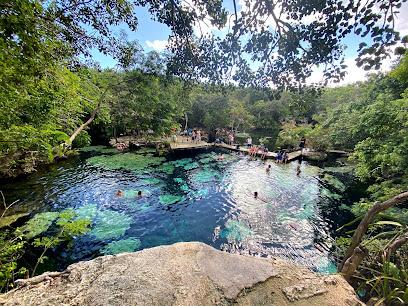
Playa Akumal
Experience the breathtaking beauty and vibrant marine life of Playa Akumal, a tropical paradise on Mexico's Caribbean coast, perfect for sun and adventure seekers.
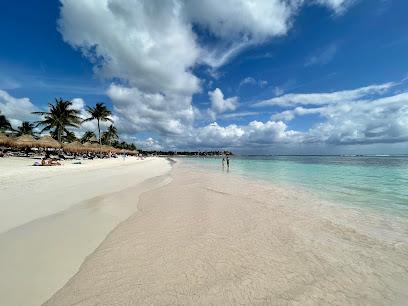
Two Eyes Cenote
Explore the enchanting Two Eyes Cenote in Quintana Roo, a serene natural oasis perfect for swimming, snorkeling, and reconnecting with nature.
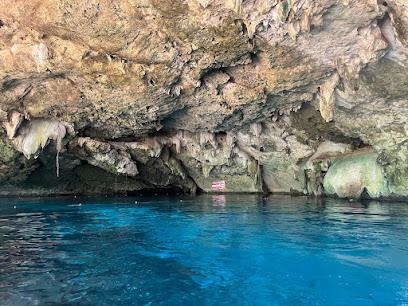
Casa Tortuga Tulum
Discover the natural beauty and cultural richness of Casa Tortuga Tulum, a must-visit tourist attraction in the heart of Tulum's stunning landscapes.
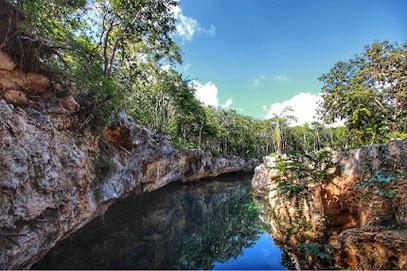
Laguna de Kaan Luum
Experience the tranquility of Laguna de Kaan Luum, a stunning lagoon in Tulum, where nature meets beauty in a serene environment.
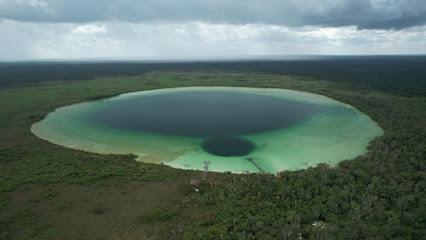
Playa Pescadores
Discover the stunning beauty of Playa Pescadores in Tulum, a perfect blend of relaxation and adventure on the shores of the Caribbean.
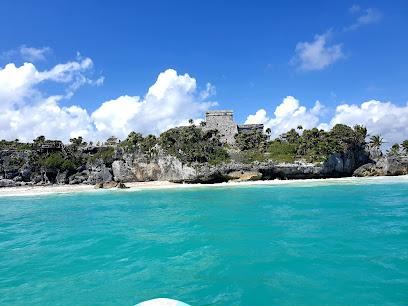
Playa Xpu-Ha
Discover the pristine shores of Playa Xpu-Ha, a serene beach paradise on the Riviera Maya, perfect for relaxation and aquatic adventures.
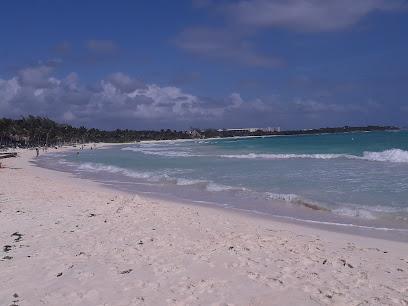
Reserva de la Biósfera Sian Ka'an
Discover the breathtaking landscapes and rich biodiversity of Sian Ka'an Biosphere Reserve, a UNESCO World Heritage site in Quintana Roo, Mexico.
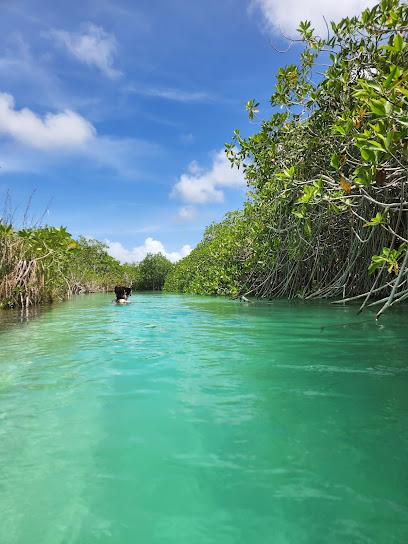
Ecopark Kantun Chi
Explore the stunning natural beauty of Ecopark Kantun Chi, a top ecological park near Playa del Carmen, Mexico, with cenotes, wildlife, and adventure activities.
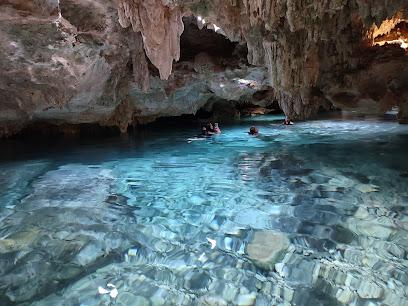
Cenote Cristalino
Explore the stunning Cenote Cristalino in Cancun, where crystal-clear waters and lush nature create a breathtaking escape for all travelers.
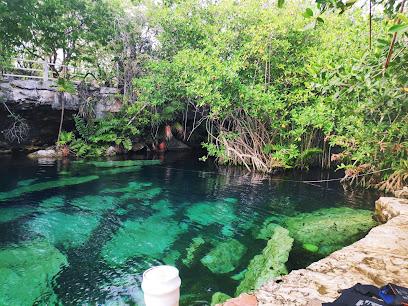
Zona Arqueológica de Muyil
Uncover the ancient Mayan secrets at Zona Arqueológica de Muyil, a serene archaeological site in Quintana Roo, near Sian Ka'an Biosphere Reserve.
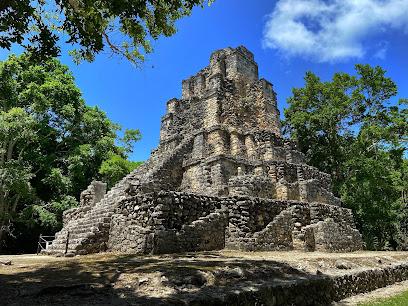
Escultura Ven a la Luz
Experience the captivating 'Ven a la Luz' sculpture in Tulum, where art meets the breathtaking beauty of the Caribbean coastline.
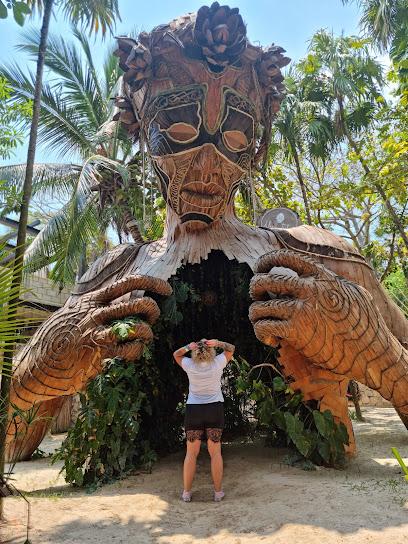
Essential places to dine
Burrito Amor
Experience the vibrant flavors of Mexico at Burrito Amor in Tulum - where every bite tells a delicious story.
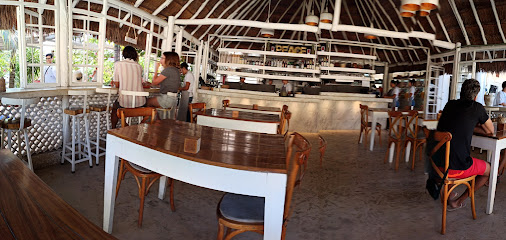
La Barracuda
Experience the freshest seafood in Tulum at La Barracuda – where local flavors meet vibrant atmosphere.

La Negra Tomasa
Discover La Negra Tomasa in Tulum: where fresh seafood meets vibrant flavors in an unforgettable dining experience.
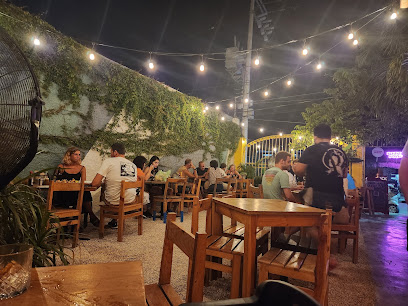
DelCielo
Experience the vibrant flavors of Mexico at DelCielo, Tulum's beloved bistro offering delicious breakfast and lunch options.
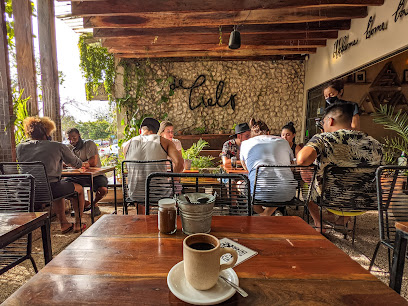
El Asadero
Experience the vibrant flavors of Mexico at El Asadero in Tulum, where authentic grill dishes meet warm hospitality.
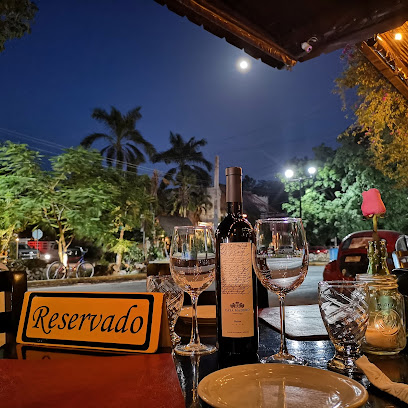
Encanto Cantina
Experience authentic Mexican cuisine and vibrant cocktails at Encanto Cantina in Tulum's enchanting garden setting.
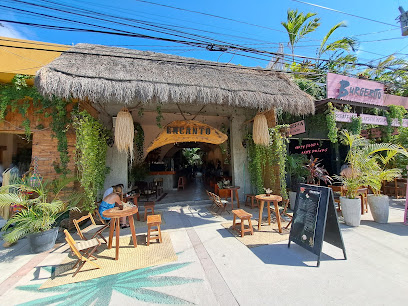
Los Aguachiles
Experience the vibrant flavors of Mexico at Los Aguachiles - Tulum's premier seafood destination offering fresh dishes in a lively atmosphere.
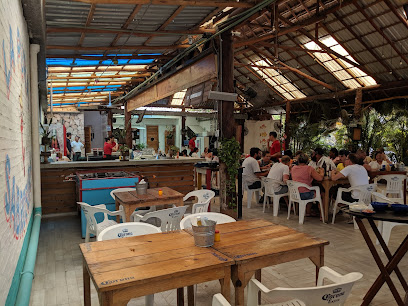
Sabor de Mar
Experience the best of Tulum's coastal cuisine at Sabor de Mar, where fresh seafood meets vibrant Mexican flavors.
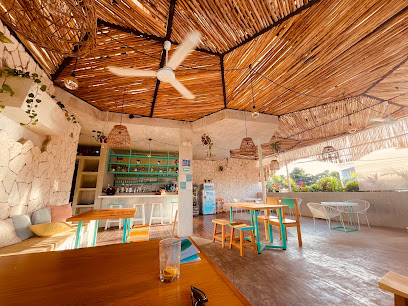
La Hoja Verde
Experience delicious plant-based cuisine at La Hoja Verde in Tulum, where fresh ingredients meet sustainability in every bite.
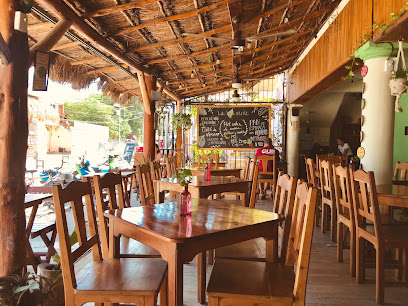
Ilios | Greek restaurant in Tulum
Experience authentic Greek cuisine at Ilios in Tulum—a perfect blend of flavors, ambiance, and breathtaking ocean views.
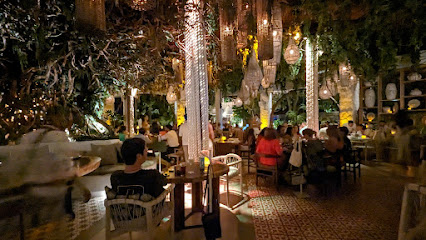
La Coqueta
Experience the vibrant tastes of Mexico at La Coqueta - your go-to spot for breakfast and lunch in Tulum.
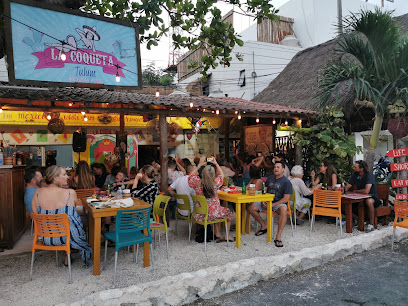
Restaurante Estrada
Experience fresh seafood delights at Restaurante Estrada in Tulum - where every dish celebrates local flavors and oceanic bounty.
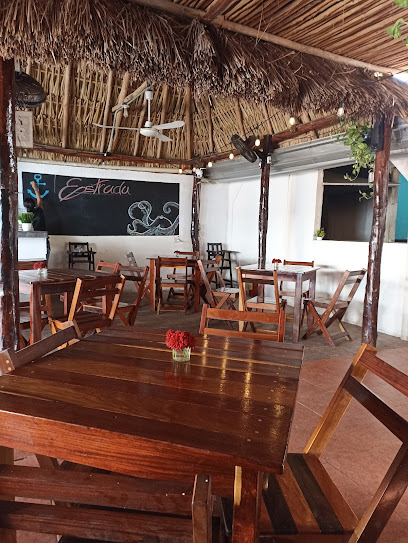
Hartwood
Discover Hartwood in Tulum - A culinary oasis blending Mexican and Caribbean flavors in an enchanting beachside setting.
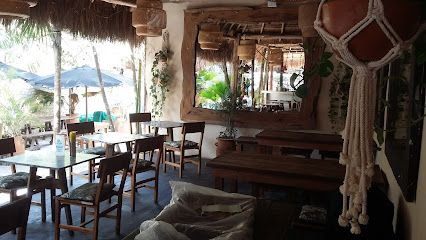
RINCON DEL JAGUAR
Experience the vibrant flavors of Mexico at Rincon del Jaguar in Tulum – where tradition meets taste.
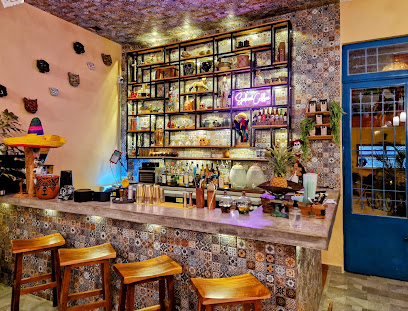
Casa Banana
Experience the vibrant flavors of Mexico at Casa Banana - Tulum's premier grill restaurant on the stunning beach.
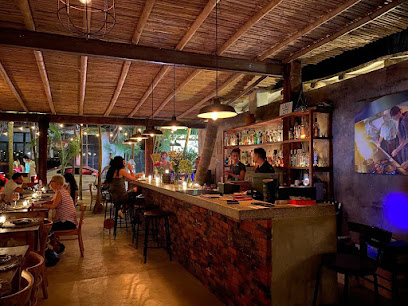
Markets, malls and hidden boutiques
Tulum Craft Center
Explore Tulum's vibrant artistry at the Craft Center, showcasing unique handmade treasures and supporting local artisans.
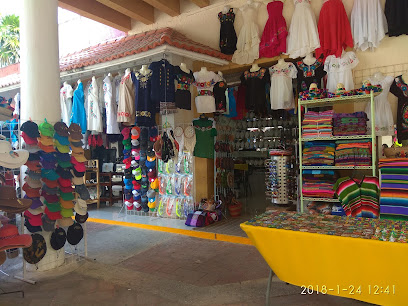
Pura Vida Tulum
Explore the vibrant styles and unique jewelry at Pura Vida Tulum, a must-visit destination for fashion lovers in the heart of Tulum.
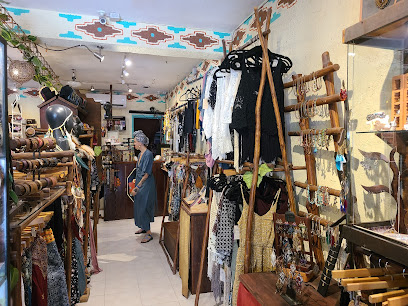
Tuna Concept Store & Mexican Market
Explore the Tuna Concept Store & Mexican Market for a unique shopping experience filled with local art, culture, and vibrant flavors in Tulum.
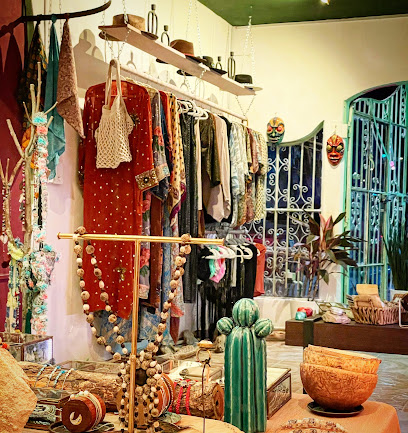
Iskra Tulum Store
Explore Iskra Tulum Store for unique clothing and accessories that capture the spirit of Tulum's vibrant culture and sustainable fashion.
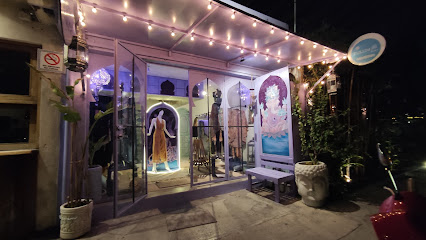
Mexicarte Tulum
Discover authentic Mexican crafts and unique souvenirs at Mexicarte Tulum, where artistry meets tradition in a vibrant gift shop.
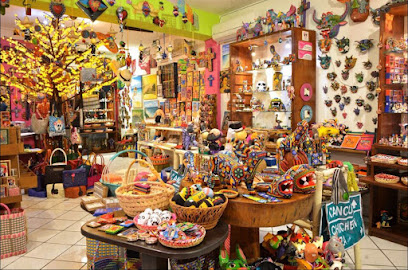
Mixik
Explore the vibrant artistry of Tulum at Mixik, a boutique showcasing unique local crafts and treasures that captivate every visitor.
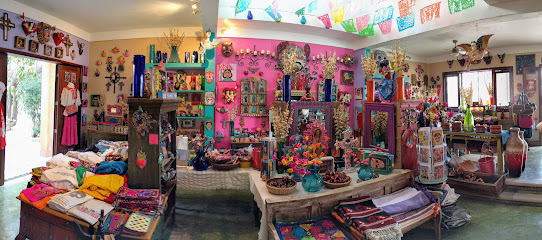
WAYAN NATURALE WEAR
Discover unique, sustainable fashion and artisan crafts at Wayan Naturale Wear, Tulum's premier clothing and craft store.
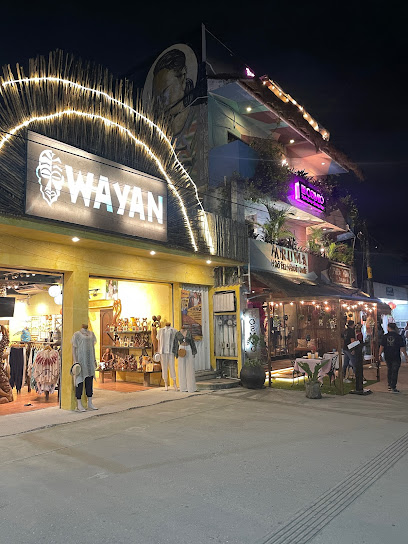
The Amber Boutique
Discover exquisite handcrafted jewelry at The Amber Boutique in Tulum, where artistry meets cultural heritage in stunning designs.
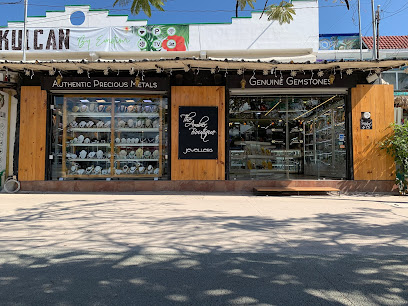
World By Hand
Explore World By Hand in Tulum for unique handcrafted home goods that showcase local artistry and vibrant culture.
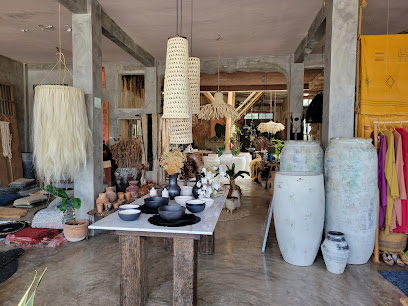
Kaahal Home Tulum
Explore Kaahal Home Tulum for exquisite home goods and stylish clothing that capture the essence of Tulum's vibrant culture.
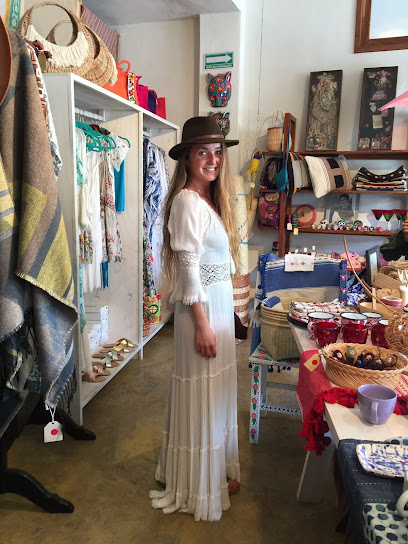
Viva Mexico Ruinas
Explore Viva Mexico Ruinas in Tulum, where shopping meets authentic Mexican culture amidst vibrant colors and flavors.
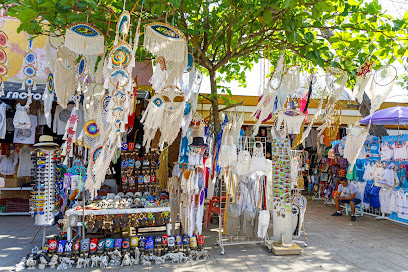
Casa Hernández Gallery
Experience the essence of Tulum through unique handcrafted art and crafts at Casa Hernández Gallery, a must-visit for art enthusiasts and souvenir seekers.
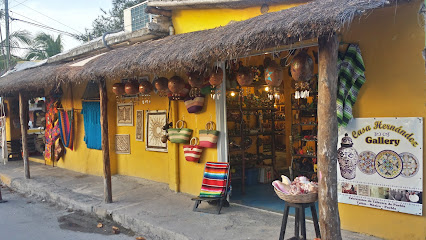
Honesta Vintage
Discover unique vintage clothing and artisanal cutlery at Honesta Vintage, a charming shop in Tulum's vibrant heart, perfect for souvenirs and gifts.
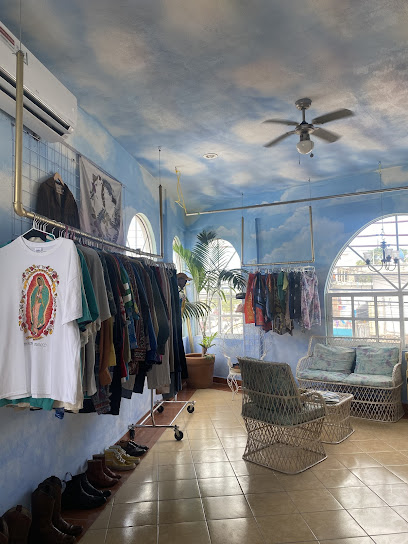
Tulum Bazaar
Discover the charm of Tulum Bazaar: a vibrant marketplace of local crafts, cuisine, and culture in the heart of Tulum, Quintana Roo.
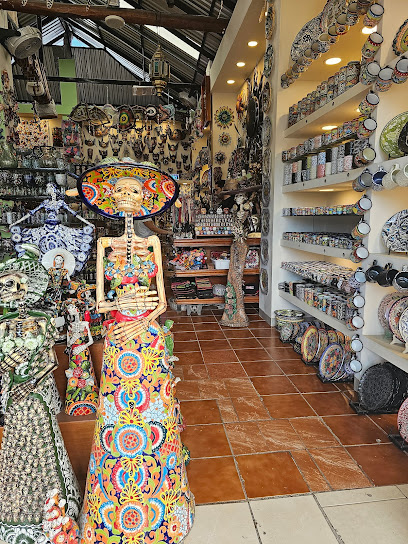
Vertiche
Discover the trendiest women's clothing and stylish dresses at Vertiche, Tulum's premier fashion destination for every occasion.
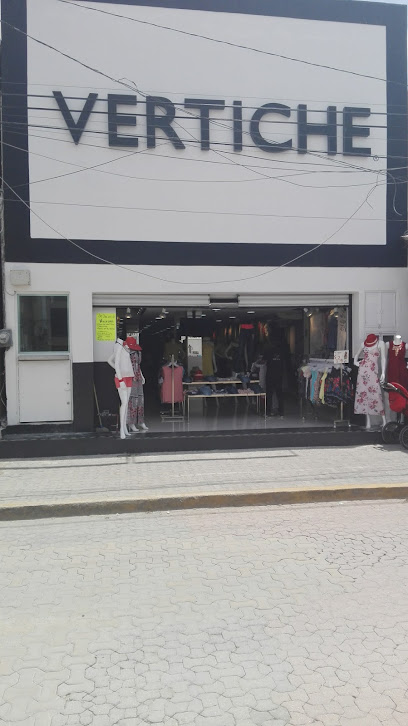
Essential bars & hidden hideouts
Taboo | Best Beach Club Tulum
Experience the ultimate blend of Mediterranean cuisine and beach club luxury at Taboo, Tulum's premier dining destination.
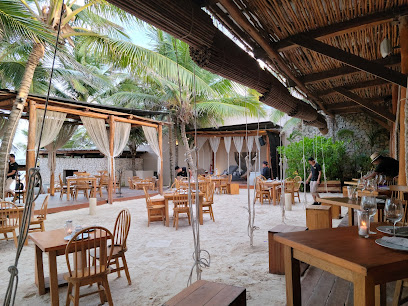
Tantra | Best beach club in Tulum
Experience the ultimate beach paradise at Tantra Beach Club in Tulum, where exquisite dining meets vibrant atmosphere and stunning ocean views.
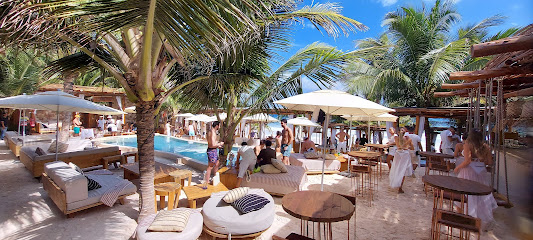
Batey Mojito and Guarapo Bar
Discover the lively Batey Mojito and Guarapo Bar in Tulum, where refreshing drinks and vibrant music create an unforgettable experience.
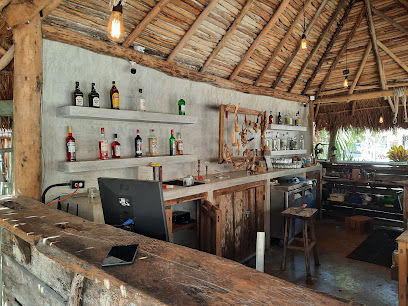
Santino Bar
Experience the heartbeat of Tulum at Santino Bar, where live music and vibrant nights create unforgettable memories.
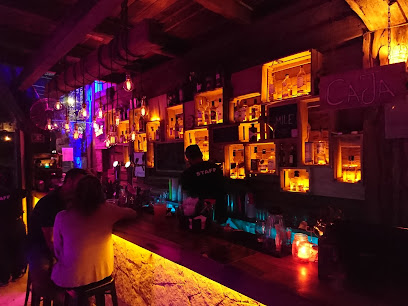
Confessions | DJ Sessions & Bar in Tulum
Discover Confessions, Tulum's premier tapas bar offering vibrant nightlife, exquisite flavors, and an unforgettable atmosphere for every traveler.
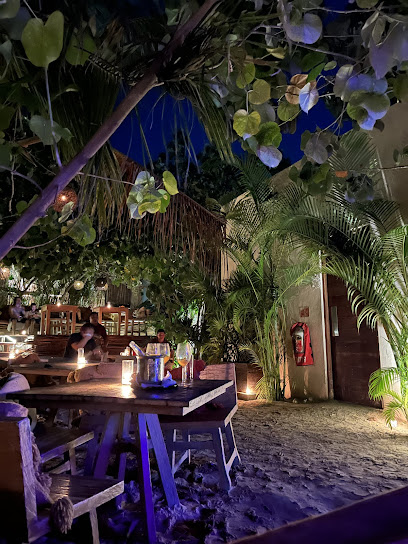
Tulum Social Pubcrawl
Discover Tulum's best nightlife with Tulum Social Pubcrawl – a thrilling adventure through bars, clubs, and karaoke venues.

Sole Cantina
Experience the best of Tulum's nightlife at Sole Cantina, a sports bar offering great food, drinks, and a vibrant atmosphere.
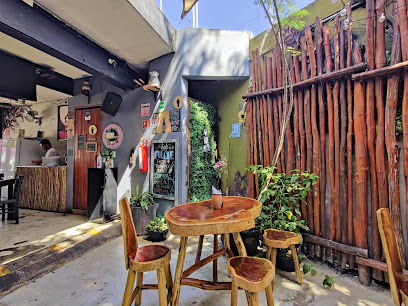
Xibalbar
Experience the vibrant nightlife of Tulum at Xibalbar, where crafted cocktails and lively music create an unforgettable atmosphere.

Mía I Best Beach Club in Tulum
Experience the ultimate beach getaway at Mía I Beach Club in Tulum, where relaxation meets vibrant beach culture and delicious cuisine.
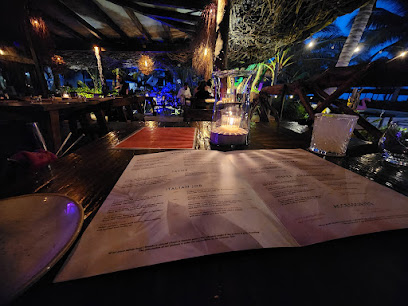
Elixyr Tulum
Discover the flavors of Tulum at Elixyr, where grilled delights meet vibrant nightlife in a charming setting.
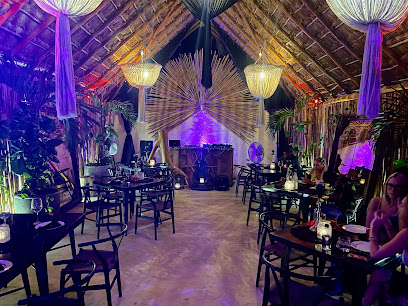
Solara mixology bar
Experience the vibrant nightlife at Solara Mixology Bar in Tulum, where expertly crafted cocktails meet a lively coastal ambiance.
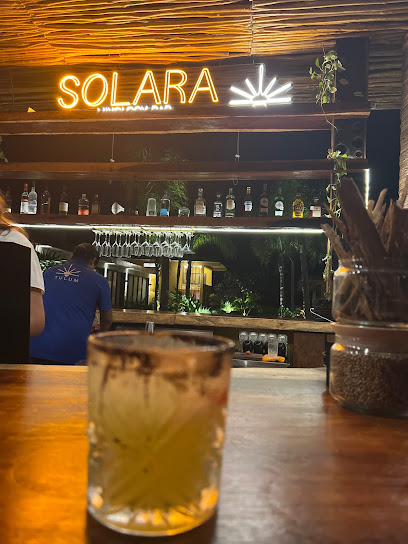
Bar Near Me
Experience the vibrant nightlife of Tulum at this charming bar, serving tropical cocktails and local bites in a lively atmosphere.
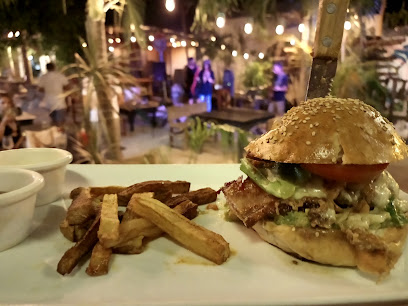
Ciel Rose Sunset Bar
Experience the breathtaking sunsets and expertly crafted cocktails at Ciel Rose Sunset Bar in Tulum, your perfect spot for relaxation and socializing.
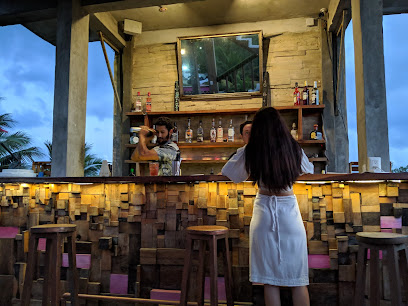
Makech Tulum
Immerse yourself in the vibrant nightlife of Makech Tulum, where tropical cocktails, live music, and the beauty of Tulum Beach come together.
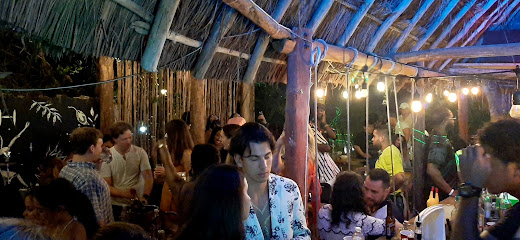
Todos Santos Bar
Experience the vibrant nightlife at Todos Santos Bar in Tulum, where stunning views meet delicious drinks and a lively atmosphere.
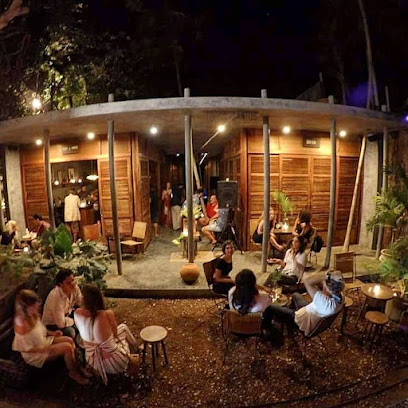
Local Phrases
-
- HelloHola
[oh-lah] - GoodbyeAdiós
[ah-dee-ohs] - YesSí
[see] - NoNo
[noh] - Please/You're welcomePor favor/De nada
[por fah-vor/deh nah-dah] - Thank youGracias
[grah-see-ahs] - Excuse me/SorryPerdón/Lo siento
[pehr-dohn/loh see-ehn-toh] - How are you?¿Cómo estás?
[koh-moh ehs-tahs] - Fine. And you?Bien. ¿Y tú?
[bee-ehn. ee too] - Do you speak English?¿Hablas inglés?
[ah-blahs een-glays] - I don't understandNo entiendo
[noh ehn-tee-ehn-doh]
- HelloHola
-
- I'd like to see the menu, pleaseQuisiera ver el menú, por favor
[kee-see-eh-rah behr ehl meh-noo, por fah-vor] - I don't eat meatNo como carne
[noh koh-moh kahr-neh] - Cheers!¡Salud!
[sah-lood] - I would like to pay, pleaseMe gustaría pagar, por favor
[meh goo-stah-ree-ah pah-gahr, por fah-vor]
- I'd like to see the menu, pleaseQuisiera ver el menú, por favor
-
- Help!¡Ayuda!
[ah-yoo-dah] - Go away!¡Vete!
[veh-teh] - Call the Police!¡Llama a la Policía!
[yah-mah ah lah poh-lee-see-ah] - Call a doctor!¡Llama a un doctor!
[yah-mah ah oon dohk-tohr] - I'm lostEstoy perdido
[ehs-toy pehr-dee-doh] - I'm illEstoy enfermo
[ehs-toy ehn-fehr-moh]
- Help!¡Ayuda!
-
- I'd like to buy...Me gustaría comprar...
[meh goo-stah-ree-ah kohm-prahr] - I'm just lookingSólo estoy mirando
[soh-loh ehs-toy mee-rahn-doh] - How much is it?¿Cuánto cuesta?
[kwan-toh kwehs-tah] - That's too expensiveEsto es demasiado caro
[ehs-toh ehs deh-mah-see-ah-doh kah-roh] - Can you lower the price?¿Puedes bajar el precio?
[pweh-dehs bah-hahr ehl pree-eh-soh]
- I'd like to buy...Me gustaría comprar...
-
- What time is it?¿Qué hora es?
[keh oh-rah ehs] - It's one o'clockEs la una
[ehs lah oo-nah] - Half past (10)Y media (10)
[ee meh-dee-ah (dee-ehs)] - MorningMañana
[mah-nyah-nah] - AfternoonTarde
[tahr-deh] - EveningNoche
[noh-cheh] - YesterdayAyer
[ah-yehr] - TodayHoy
[oy] - TomorrowMañana
[mah-nyah-nah] - 1Uno
[oo-noh] - 2Dos
[dohs] - 3Tres
[trehs] - 4Cuatro
[kwah-troh] - 5Cinco
[seen-koh] - 6Seis
[says] - 7Siete
[syeh-teh] - 8Ocho
[oh-choh] - 9Nueve
[nweh-veh] - 10Diez
[dyehs]
- What time is it?¿Qué hora es?
-
- Where's a/the...?¿Dónde está...?
[dohn-deh ehs-tah] - What's the address?¿Cuál es la dirección?
[kwahl ehs lah dee-rehk-syohn] - Can you show me (on the map)?¿Puedes mostrarme (en el mapa)?
[pweh-dehs mohs-trahr-meh (ehn ehl mah-pah)] - When's the next (bus)?¿Cuándo es el próximo (autobús)?
[kwan-doh ehs ehl prohk-see-moh (ow-toh-boos)] - A ticket (to ....)Un boleto (a ...)
[oon boh-leh-toh (ah ...)]
- Where's a/the...?¿Dónde está...?
History of Tulum
-
Tulum was originally known as Zamá, meaning 'City of Dawn' in the Mayan language, due to its eastern location on the Yucatán Peninsula. This walled city served as a major port for the nearby inland city of Cobá. The Mayans built Tulum around the 13th century, during the late post-classic period, and it was one of the last cities built and inhabited by the Mayans.
-
Tulum was a vital coastal hub for trade in the Mayan world. Its strategic location on high cliffs provided a vantage point for monitoring maritime routes. The city's economy thrived on the exchange of goods such as jade, obsidian, turquoise, cotton, and cacao. Tulum's well-preserved murals and artifacts reveal its extensive trade connections with other Mesoamerican cultures.
-
The arrival of the Spanish in the early 16th century marked the beginning of Tulum's decline. The city was still inhabited when the Spanish explorers first arrived, but it was soon abandoned. The combination of European diseases, warfare, and the disruption of trade routes contributed to Tulum's eventual desertion. By the end of the 16th century, Tulum was left to the jungle.
-
Tulum was largely forgotten until the mid-19th century when American explorer John Lloyd Stephens and British artist Frederick Catherwood documented the ruins in their book 'Incidents of Travel in Yucatán.' Their work sparked interest in the ancient city and led to subsequent archaeological studies and excavations.
-
Significant archaeological work began in the early 20th century, with the Mexican government taking steps to preserve and restore Tulum's structures. The National Institute of Anthropology and History (INAH) has led numerous excavations, uncovering important buildings such as El Castillo, the Temple of the Frescoes, and the Temple of the Descending God.
-
In recent decades, Tulum has transformed into a popular tourist destination, known for its stunning coastal views, well-preserved ruins, and vibrant culture. The site attracts millions of visitors each year, drawn by its unique blend of natural beauty and historical significance. Efforts continue to balance tourism with the preservation of Tulum's rich heritage.
Tulum Essentials
-
Tulum is located on the eastern coast of the Yucatán Peninsula in Mexico, approximately 130 kilometers south of Cancún. The nearest international airport is Cancún International Airport (CUN). From the airport, you can take a bus, shuttle, or taxi to Tulum. ADO buses run regularly from Cancún to Tulum and the journey takes about 2 hours. Alternatively, you can rent a car at the airport and drive along Highway 307, which takes around 1.5 to 2 hours.
-
Tulum is a relatively small town, and many of its attractions are within walking or biking distance. Bicycles are a popular mode of transportation and can be rented from various locations around town. For longer distances, taxis are readily available and relatively inexpensive. Colectivos (shared vans) operate between Tulum and nearby towns such as Playa del Carmen and Cancún. Renting a car can also be a convenient option for exploring the surrounding areas and cenotes at your own pace.
-
The official currency in Mexico is the Mexican Peso (MXN). Credit and debit cards are widely accepted in hotels, restaurants, and larger shops, but it is advisable to carry cash for smaller establishments and local markets. ATMs are available throughout Tulum, but it is wise to withdraw sufficient cash before heading to more remote areas. Currency exchange services are also available in Tulum, though rates may vary.
-
Tulum is generally considered safe for tourists, but like any travel destination, it is important to take standard precautions. Avoid walking alone at night in unfamiliar areas and always keep an eye on your belongings, especially in crowded places. While Tulum itself has low crime rates targeting tourists, certain areas such as the outskirts of town and isolated beaches may pose risks. Always use reputable transportation services and stay informed about current safety advisories.
-
In case of emergency, dial 911 for immediate assistance. Tulum has a local police station and medical facilities, including clinics and pharmacies. The nearest major hospital is in Playa del Carmen, about an hour's drive away. It is recommended to have travel insurance that covers medical emergencies. For minor health issues, there are several pharmacies in Tulum where you can purchase over-the-counter medications.
-
Fashion: Do dress comfortably and appropriately for the hot and humid climate. Light, breathable clothing is recommended. Avoid wearing revealing clothing when visiting religious sites or local communities. Religion: Do respect local customs and traditions. When visiting religious sites, dress modestly and follow any guidelines provided. Public Transport: Do be polite and respectful towards drivers and fellow passengers. Don’t eat or drink on public transport. Greetings: Do greet people with a friendly 'Hola' or 'Buenos días'. A handshake is common in more formal settings. Eating & Drinking: Do try local delicacies and be adventurous with the cuisine. Don’t drink tap water; always opt for bottled water.
-
To experience Tulum like a local, visit the local markets and try traditional Yucatecan dishes such as cochinita pibil and tamales. Engage with locals, who are often friendly and willing to share insights about their culture. Explore the less touristy areas of Tulum Pueblo for a more authentic experience. Don’t miss the opportunity to visit the cenotes, which are natural freshwater sinkholes unique to the Yucatán Peninsula. Renting a bike is a great way to get around and see the town from a local’s perspective.
Trending Landmark in Tulum
-
Parque Nacional Tulum
-
Gran Cenote
-
Laguna de Kaan Luum
-
Escultura Ven a la Luz
-
Playa Ruinas
-
Tulum Tower
-
Tulum Tours - Mexico Kan Tours - Eco Tours Riviera Maya
-
El Castillo
-
Tulum Craft Center
-
SFER IK TULUM
-
Museo de la Cultura Maya Park
-
Tulum Mágico
-
Arco Maya
-
Ruinas Tulum
-
Tulum Wooden Sculpture - Daniel Popper
Nearby Cities to Tulum
-
Things To Do in Cozumel
-
Things To Do in Playa del Carmen
-
Things To Do in Cancun
-
Things To Do in Corozal Town
-
Things To Do in San Pedro
-
Things To Do in Orange Walk Town
-
Things To Do in Caye Caulker
-
Things To Do in Belize City
-
Things To Do in Campeche
-
Things To Do in Dangriga
-
Things To Do in San Ignacio
-
Things To Do in Hopkins
-
Things To Do in Tikal
-
Things To Do in Placencia
-
Things To Do in Roatán








